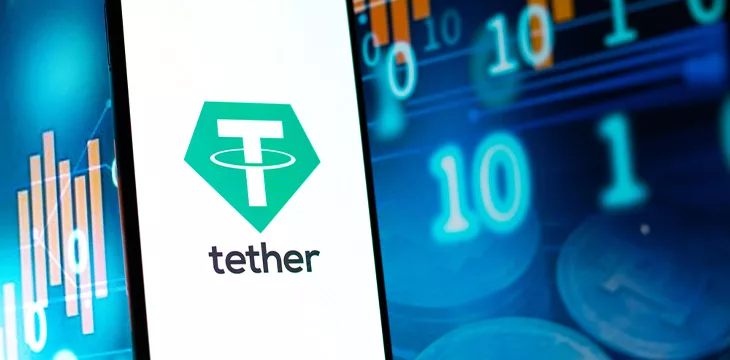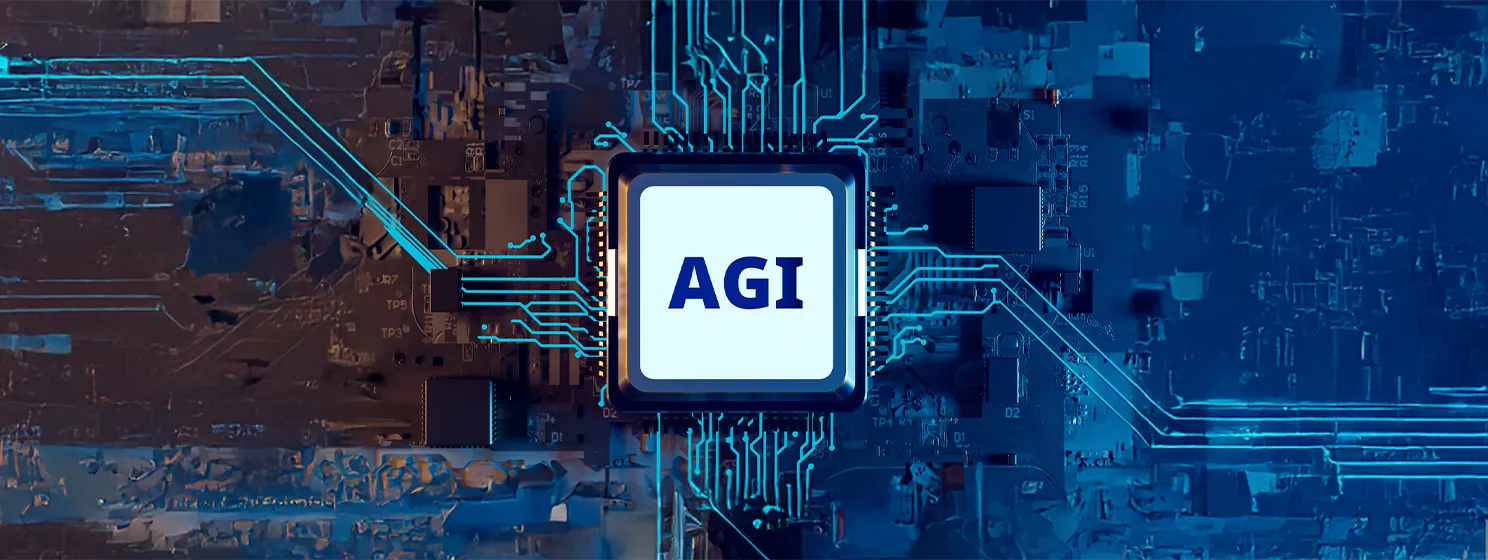|
Getting your Trinity Audio player ready...
|
Tether, the issuer of the USDT stablecoin, is under pressure to cut ties with the Tron
blockchain amid growing speculation that Tron founder Justin Sun will be the next ‘crypto’ figure to face U.S. criminal charges.
On February 20, Circle Internet Financial, the issuer of the USDC stablecoin, announced
that it was “discontinuing USDC on the TRON blockchain in a phased transition.” Circle said it was immediately halting new mints of USDC on Tron and would halt all support for USDC on Tron by February 2025.
Retail Tron users have one year to transfer their USDC to another network or a digital asset exchange. Circle Mint customers (institutions and businesses) can redeem their USDC for fiat directly from Circle. But Circle Mint will no longer support transfers of USDC on Tron to external wallets.
Circle said the move was the result of its “risk management framework” assessing “the suitability of all blockchains where USDC is supported.” The move is reportedly necessary “to ensure that USDC remains trusted, transparent and safe,” strongly implying that Tron poses some threat to these qualities.
The move follows Circle being named in a letter sent to Congress last November by the ethics watchdog group Campaign For Accountability (CFA). The letter referenced an “Asia-based network of trading platforms and cryptocurrencies” revolving around Tron, “headed by Chinese national Justin Sun.” This network was being utilized by “alleged organized crime groups and sanctioned entities” and was the conduit for “much of the recent alleged terrorist funding through digital assets.”
The CFA letter also mentioned Circle having “a historical and ongoing relationship” with Tron and other Sun-controlled entities. Circle responded by distancing itself from Tron or Sun and revealing that Circle “terminated all accounts held by Mr. Sun and his affiliated companies in February 2023.”
Following this week’s announcement, Sun appeared to obliquely respond in tweets that said Tron was maintained by a “community of developers” and “[w]e respect and support each developer’s decisions and hope to encourage them to develop on Tron.” Sun later told Bloomberg that “we’re currently trying to understand the situation,” which he described as “a unilateral commercial decision by Circle.”
In January, Circle announced plans for an initial public offering later this year (its previous IPO plans fell apart during the market crash of late 2022). The last thing Circle needs now is headline-hungry politicians making things more difficult due to the company’s perceived ties to bad actors.
In 2023, Sun was sued by the U.S. Securities and Exchange Commission (SEC) over the unregistered offer and sale of ‘crypto asset securities’ and manipulating secondary markets through “extensive” wash trading of Tron’s native token TRX.
In 2022, The Verge reported that the U.S. Department of Justice had opened a criminal probe into Sun for a host of suspected crimes, including wire fraud, money laundering, and conspiracy to defraud the United States. Sun hasn’t set foot on U.S. soil since before COVID hit.
Neither Sun nor Tron appears to appreciate anyone repeating these oft-repeated allegations. Indeed, Sun threatened to sue CoinGeek last November for reporting them. But not liking them isn’t the same as escaping them. And there appears to be less and less chance that Tron/Sun will escape the rising heat around them.
The noose tightens
Circle’s eagerness to distance itself from Tron shines a very bright spotlight on Tether, one that Tether appears to wish would go away.
USDC is the second-largest stablecoin by market cap, but its nearly $28 billion total is dwarfed by USDT’s $98 billion cap. Of that latter sum, nearly $52 billion was issued on Tron, $7 billion more than resides on the Ethereum blockchain. Only $335 million worth of USDC is on Tron, so Circle ditching Tron is a far easier disengagement than Tether would face should it choose to follow Circle’s lead.
A day after Circle’s announcement, Tether issued a noncommittal statement that USDT is “issued on several blockchains, which are simply transport layers for such tokens … Tether actively monitors the safety of each one of the supported transport layers to ensure the highest standards to our community.” Neither a ringing endorsement nor a strident defense of Tron, to be sure.
Circle’s decision needs to be viewed in the context of what appears to be an ongoing campaign to portray itself as a legally compliant alternative to Tether. It doesn’t hurt that Tether has for years been fighting the narrative that USDT is the gas that fuels all manner of criminality, including terrorist financing, ‘pig butchering’ and other scams, human trafficking, money laundering, bank fraud, and so forth.
Last week, Caroline Hill, Circle’s senior director of global policy and regulatory strategy, effectively asked Congress to crack down on Tether to preserve law & order and U.S. dollar dominance. Hill never once mentioned Tether by name, but got Rep. Wiley Nickel to both name and shame Tether and suggest that going after Cantor Fitzgerald, the U.S.-based custodian of Tether’s alleged T-bill billions, would be an effective means of bringing Tether to heel.
Speaking of those asset reserves, Circle is financially supporting many of the U.S. legislators currently pushing the Clarity for Payment Stablecoins Act in the House of Representatives. A key provision of the Act would limit stablecoin reserve assets to cash, T-bills, reverse repo agreements backed by T-bills, insured funds held at banks, and the like.
That list excludes the over 15% of Tether’s reserves that are held in corporate bonds, precious metals, BTC tokens, secured loans to parties unknown and nearly $4 billion worth of the mystery meat defined as ‘other investments.’ Should the Act become law, a U.S.-based entity such as Cantor would likely be prohibited from dealing with Tether, leaving the latter on the hunt for some other means of accessing the U.S. banking system (preferably not an illegal one).
Responding to Circle’s Congressional drive-by, Tether CEO Paolo Ardoino accused Circle of “misleading Congress” and “spouting lies” to hobble a competitor. But JPMorgan analysts issued a report that same day echoing Circle’s suggestion that U.S. regulators could “exert some control” over Tether by unleashing the Treasury Department’s Office of Foreign Assets Control (OFAC). In response, Ardoino cited the analysts’ “jealousy towards the evolution of financial and payment services.”
With regulatory and political pressure mounting on both Tether and Tron, game theorists wonder how these two highly connected parties might play this prisoner’s dilemma. Do they brave it out and face an uncertain future as a united front, or does one party see greater benefit in throwing the other under the bus?
Remember, kids, you don’t have to run faster than the bear to get away. You just have to run faster than the guy next to you.
Rug. Rinse. Repeat.
Sun may soon be running from his own customers if online sentiment is any gauge. The X/Twitter personality known as RhoRider has been sounding the alarm over the latest scandal engulfing Sun’s operations without much pickup by the rest of the digital asset media. But since Sun already hates us, here we go.
Remember the late-2023 ‘hacks’ of the Sun-controlled exchanges HTX (formerly Huobi) and Poloniex, as well as the HECO (Huobi Eco) Chain bridge? Sun dismissed the significance of those allegedly missing millions but denied customers access to their exchange accounts for weeks, then promised an “epic airdrop” for users who declined to withdraw their tokens once access was restored.
In January, Sun announced the imminent launch of the HTX DAO (decentralized autonomous organization), which would utilize a brand new token (HTX). Individuals who held the HTX exchange’s native token, HT, would have one year to exchange them for HTX, which would allegedly come with all sorts of decentralized benefits, not to mention reduced trading fees.
Individuals who converted their HT to HTX sooner than others would receive better conversion rates. But beyond carrots, there were also sticks. Millions of HT tokens would be steadily burned, and those that remain would become an effectively worthless “meme coin with no control by any individual.”
The trouble was that this announcement was made days before HT holders could actually swap for HTX. Predictably, the HT token lost around 40% of its value before that starting gun sounded. When Poloniex (oddly, not HTX) was announced as the first exchange to start trading the HTX token on January 24, the token’s fiat value quickly spiked by more than one-third to nearly $3 but just as quickly crashed and currently trades around $1.10.
By the time most HT holders were able to make the swap, they found that the conversion rate was in the 30-40% range. Worse, many HT holders had their tokens stuck on the HECO Chain for months and were unable to convert at all.
Much, much worse, HTX holders discovered that their new tokens were subject to a 12-month lockup, with only a small percentage of their holdings released to them each month. Even then, users had to perform certain tasks (trading, depositing, etc.) on the exchange to achieve these partial releases. Understandably, the last thing most users want to do is pour additional money into this ecosystem.
Follow CoinGeek’s Crypto Crime Cartel series, which delves into the stream of groups—from BitMEX to Binance, Bitcoin.com, Blockstream, ShapeShift, Coinbase, Ripple,
Ethereum, FTX and Tether—who have co-opted the digital asset revolution and turned the industry into a minefield for naïve (and even experienced) players in the market.

 07-04-2025
07-04-2025 





